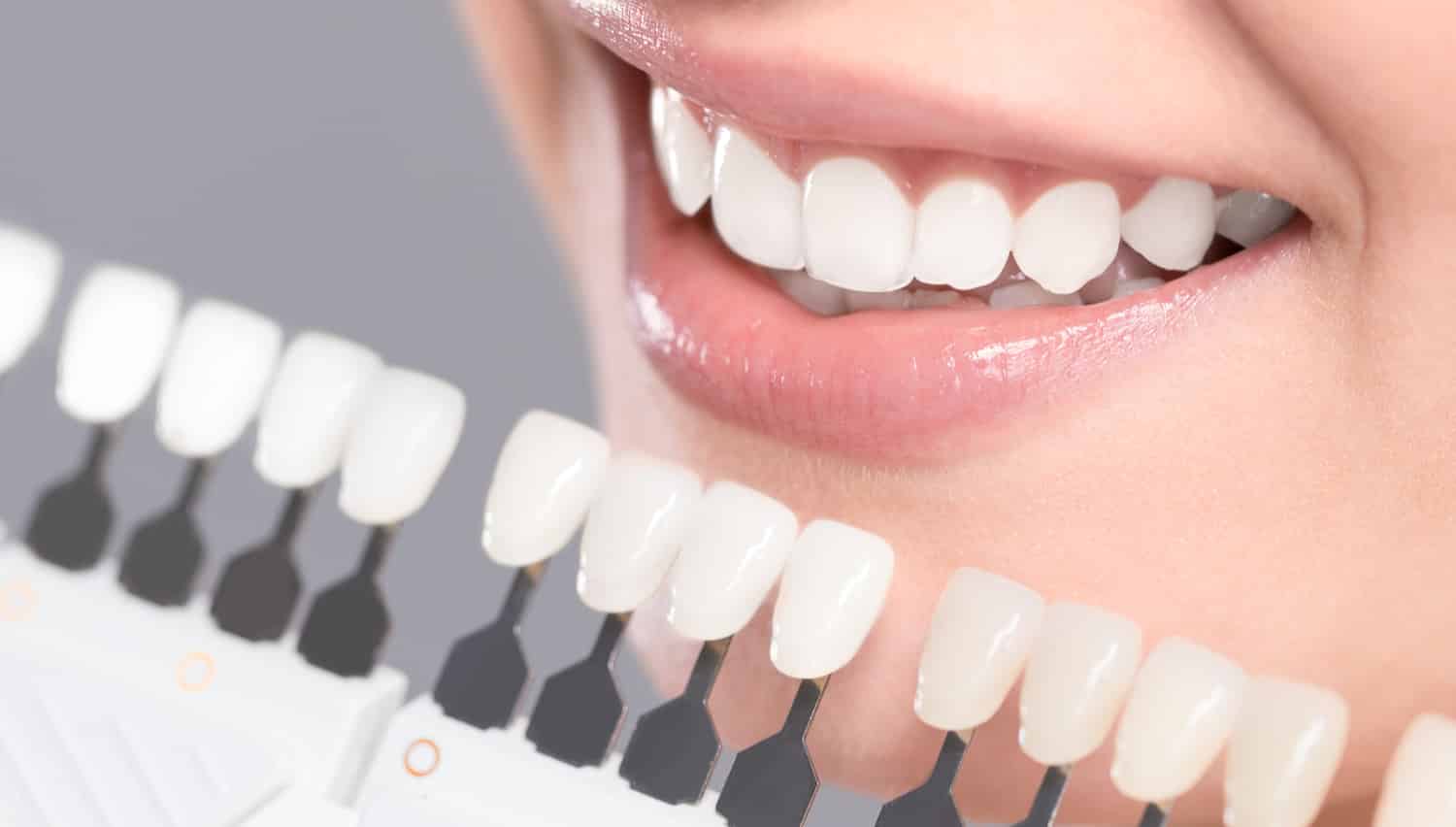
07 Oct How to Achieve a Brighter Smile with Teeth Whitening
Many people seek ways to enhance their smiles, and teeth whitening is a popular option. Over time, teeth can become discolored for various reasons, leading individuals to seek solutions for a more luminous appearance. Understanding the process, the available options, and professional guidance can help you navigate your journey toward a brighter smile. This guide provides practical information on what causes tooth stains and how teeth whitening treatments work.
What Causes Teeth Discoloration?
Teeth are composed of an outer layer called enamel and an inner layer known as dentin. The color and thickness of your enamel affect the appearance of your teeth. Several factors can contribute to stains on the enamel or changes in the dentin, leading to discoloration.
Certain foods and drinks are frequent contributors to surface stains. Pigmented molecules, or chromogens, in these items can attach to the tooth enamel. Tobacco use, whether smoking or chewing, is another source of stubborn surface stains.
- Foods and Drinks: Coffee, tea, red wine, and dark sodas contain strong color pigments that can stick to tooth enamel. Berries and tomato-based sauces may have a similar effect over time.
- Tobacco Use: Nicotine and tar in tobacco products create yellow or brownish stains on the surface of the teeth.
- Age: As you get older, the outer layer of enamel on your teeth gets thinner, revealing more of the yellowish dentin underneath.
- Medications: Some medications, such as certain antihistamines and antibiotics, can cause tooth discoloration as a side effect.
Poor dental hygiene also leads to discoloration. Failing to brush and floss regularly allows plaque and stain-producing substances to build up.
How Does Teeth Whitening Work?
Teeth whitening products work by using bleaching agents to break down stains. The two most common active ingredients are hydrogen peroxide and carbamide peroxide. These substances penetrate the porous outer layer of the teeth to get to the discolored molecules located within.
When the whitening agent comes into contact with a stain, an oxidation reaction occurs. This reaction breaks apart the chemical bonds that hold the staining molecules together. As the molecules are broken down, they no longer reflect a discolored shade, which makes the teeth appear whiter and brighter.
The effectiveness of teeth whitening depends on the type of stain being treated. Stains on the surface, known as extrinsic stains, are generally easier to remove. Discoloration that is part of the tooth’s internal structure, or intrinsic stains, may respond differently to treatment. The concentration of the bleaching agent and the duration of the treatment also influence the outcome.
Which Whitening Options Are Best?
You have several effective options for teeth whitening, ranging from convenient at-home products to professional dental treatments. Understanding each can help you make the best choice.
At-Home Whitening Options
Many accessible at-home products are available, including whitening toothpastes, strips, gels, and trays. Whitening toothpastes work by using mild abrasives to scrub away surface stains gently. For a more intensive approach, strips and gels contain peroxide-based agents that bleach your teeth over time. These options are easy to use and provide gradual results for minor staining.
Professional In-Office Treatments
For faster and more dramatic results, professional in-office whitening procedures are an excellent choice. During these treatments, your dentist applies a high-concentration peroxide gel to your teeth while protecting your gums and the surrounding mouth area. Sometimes, a special light or laser is used to activate the gel, significantly speeding up the whitening process. This method often delivers noticeable improvements in just a single visit.
Choosing the Best Option for You
Your decision will depend on several factors, including your personal goals for whitening, your budget, and the specific type of discoloration you have. If you have minor staining and prefer a gradual change, over-the-counter products are a practical and accessible starting point. For more significant or stubborn discoloration, or if you desire quicker, more noticeable results, an in-office treatment under professional supervision may be the more suitable path. Both options can help you achieve a brighter smile; it’s about finding what best suits your needs.
Consult a Dentist
Before starting any teeth whitening regimen, consult with a dentist. They can assess your oral health, identify the cause of tooth discoloration, and recommend the most effective whitening methods for your needs. A dentist can also set realistic expectations for results, helping you make an informed decision that aligns with your smile goals.
- Exploring the Relationship Between Dizziness and Chronic Health Conditions
- The Role of Community Support in Promoting Mental Health
- Treatment Options and Lifestyle Changes for Managing TMJ Pain
- Elevate Your Online Presence: The Power of a Profile Picture Generator
- Understanding the Different Types of Testosterone Therapy Available


No Comments